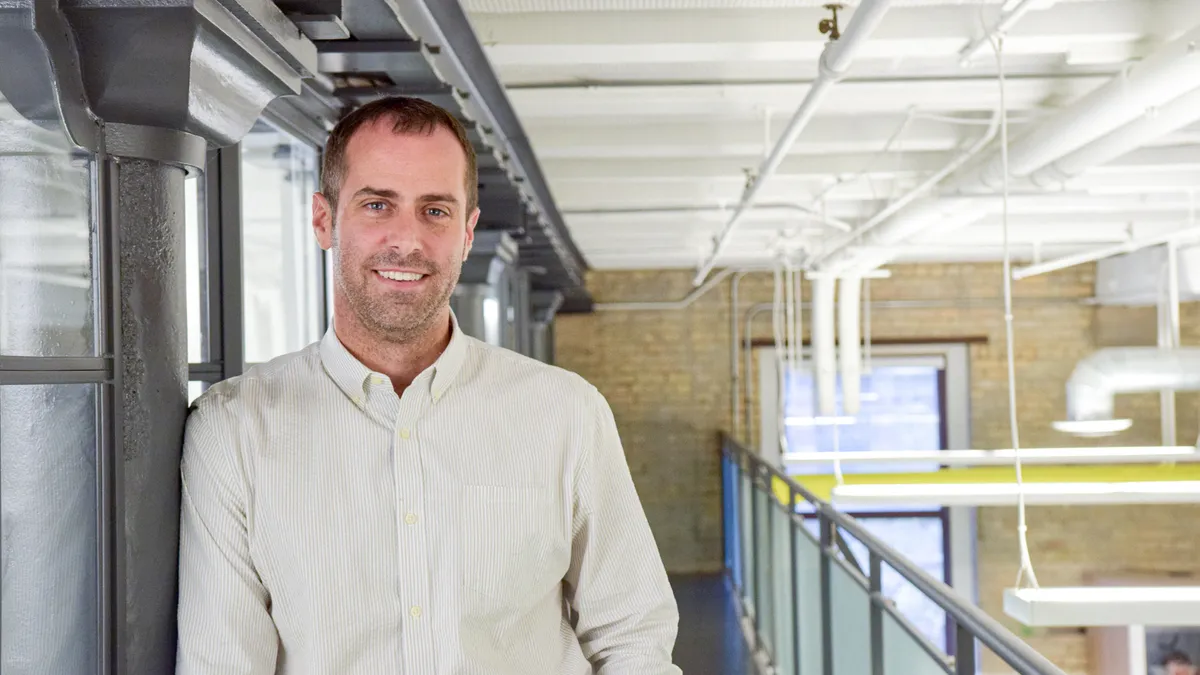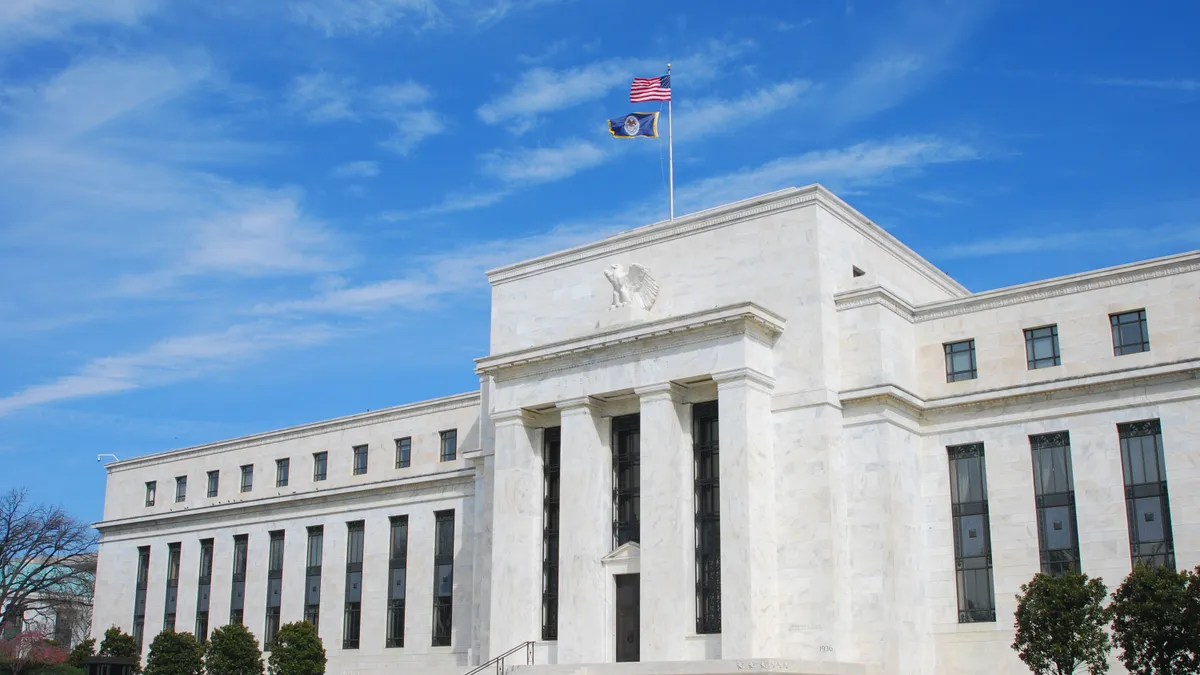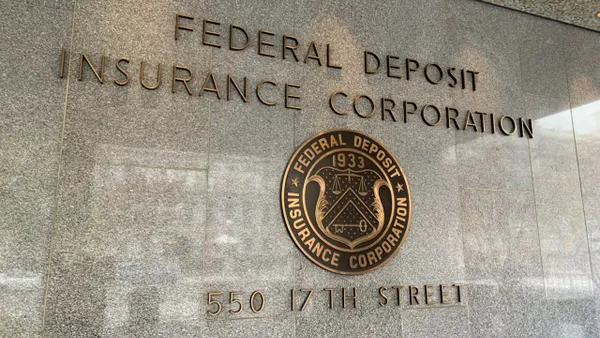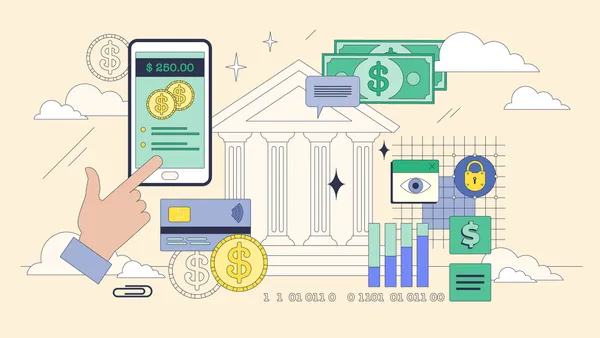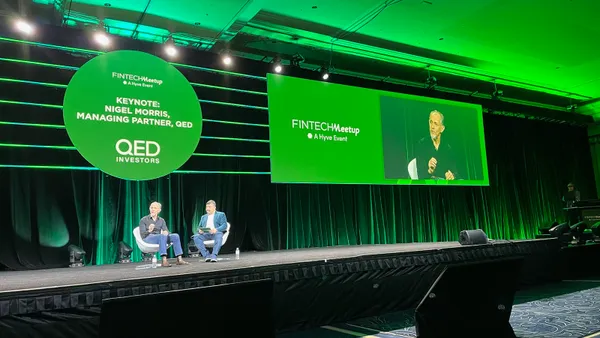With its founding eight years ago, Sezzle became one of the first buy now, pay later companies to enable customers to pay for an item in four bi-weekly installments.
Now the company offers a multitude of options, including paying in two installments, and taking out a loan to cover the cost of larger purchases.
The company has evolved alongside the BNPL industry as a whole, through proliferation of payment options to heightened regulatory scrutiny, companies like Sezzle — which is based in Minneapolis — look different than they did at launch.
Companies like Affirm and Klarna have also expanded their offerings. Affirm, for example, gives customers the option of paying two weeks after the purchase in a single lump sum.
Plus, the Consumer Financial Protection Bureau in May unveiled an interpretive rule that proposes to treat BNPL companies like credit card providers.
Sezzle CEO Charlie Youakim spoke with Payments Dive about how the company has changed as it faced economic headwinds and more oversight from agencies like the CFPB.
Editor’s note: This interview has been edited for clarity and brevity.
PAYMENTS DIVE: How has the industry expanded beyond companies offering services like pay in four?
CHARLIE YOUAKIM: There are a lot of variations. We offer pay in two, but we also offer long-term installment lending as well, but we don't do that ourselves, we have partners.
Are those alternatives popular?
The core [product] is still paying in four. It's so popular. Companies have tried slight variations, but the slight variations don't take off as much as paying in four.
Why is pay in four the thing people gravitate to?
That's a really interesting question. I think it's about customers that don't like to use their credit cards. They have a credit card, but they only use it for emergency situations. But they see the purchasing power of paying in four. It's like a dual-purpose product for the customer. They get purchase power like a credit card, but they also get budgeting [because they know the timing and size of the payments]. They tend to be younger, mid- to low-income customers that get paid bi-weekly. They're scared they're going to build up a balance and pay interest on their credit card.
You mentioned installment lending. What do customers use that for?
An appropriate example might be buying furniture online. You take out a one- or two- or three-year loan and pay it back in monthly installments. And there would be some sort of APR.
That's an option customers would use for bigger purchases, like if I moved into a new house and needed to furnish my living room?
Yes. We partner with Bread Financial Holdings [which is headquartered in Columbus, Ohio] who actually does the loan. It looks seamless to the customer, but it's a bank behind the scenes doing the loan, not us.
Is it common for BNPLs to work with other companies in that way?
There are two ways we can work with banks. We work with Bread to offer long-term financing. I think that's pretty common. But another way BNPL operators are working with banks is as a banking-as-a-service provider, where you basically have the bank run your lending system, and you operate the technology and the marketing. That's [a product] we're launching later this month.
BNPL companies have gotten a little more attention from regulators lately, specifically the CFPB. Do you see that changing the way your industry does business?
No. When the CFPB came out with their playbook, we were already doing most of it. The one new thing that we weren't doing was sending out statements. But frankly, the reason we weren't doing that was because no customers were asking for it. We had an app where you could scroll through every transaction you've ever had, but [the CFPB] wanted statements, so we added that.



